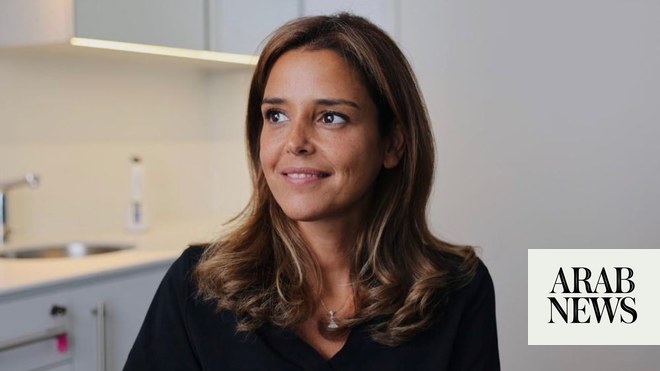
rugmakers led by US firms Pfizer and Moderna stand to make tens of billions of dollars from their Covid-19 vaccines this year and next, given G7 governments’ pledge to vaccinate the entire world by the end of 2022, but sales are likely to drop sharply thereafter, according to analysts.
Acclaimed for allowing a return to more normal life, Covid vaccines will also substantially benefit some pharmaceutical companies. The global market for the vaccines is worth $70bn (£50bn) this year, says Karen Andersen of Morningstar.
Pfizer and Moderna, which are charging $30-plus per person for the required two shots in Europe and the US, will take the lion’s share. Analysts believe they could make more than $50bn in revenues collectively from their Covid jabs this year. Meanwhile, British-Swedish AstraZeneca and the US’s Johnson & Johnson have pledged to provide their vaccines on a not-for-profit basis until the pandemic ends.
Last month Pfizer predicted it would make $26bn from its jab in 2021, a third of annual revenue. This was based on orders received by mid-April, so is likely to be an underestimate. Analysts at Morgan Stanley led by David Risinger raised their estimates for Pfizer to $33bn in 2021 and $32bn in 2022, halving to $16.5bn in 2023 and $8.2bn in 2024.
“We expect the world to be essentially vaccinated by the end of 2022, so for 2023 and beyond, sales would consist mainly of the cohort reaching minimum age, and boosters,” said Risinger. “We expect the data to support booster adoption in 2022, but don’t know if annual boosters will be necessary longer term.”
Barclays analyst Carter Gould predicts even higher revenues for Pfizer this year – $38bn, falling to about $17bn in 2022, $8.5bn in 2023 and $6.3bn in 2024.
Pfizer chief executive Albert Bourla said in May that the company had agreed to supply 116 countries and was in negotiations with many more for a total of 2.7 billion doses in 2021. Two-fifths, more than a billion doses, were expected to go to middle- and low-income countries.
Moderna, which got US government funding to develop its vaccine, made its first quarterly profit thanks to the jab, and expects it to generate revenue of $19.2bn, as it aims to produce 1bn doses this year, and up to 3bn doses next year.
Barclays analyst Gena Wang forecast slightly higher sales of $19.6bn, falling to $12.2bn in 2022 and about $11bn in each of the following two years. Morgan Stanley analysts have pencilled in $13.5bn next year, falling to $12.5bn in 2023 and 2024.
This is the biggest global vaccination campaign in history. More than 2.5 billion doses have been administered in 180 countries, according to data published by Bloomberg – enough to fully vaccinate 16.4% of the global population. However, the distribution has been very uneven, with higher-income countries and regions vaccinated more than 30 times faster than those with the lowest incomes.
Johnson & Johnson, which charges the US government $10 per dose for its single-jab vaccine, is likely to generate $6.6bn in revenue this year, according to calculations made by Barclays in March, followed by $1.2bn in 2022 and $383m in 2023. For AstraZeneca, which charges between $4.30 and $10 for two doses, Barclays forecasts $5.2bn in sales in 2021, falling to $2.3bn and $475m in the next two years.
Other Covid vaccines that could bring in billions of dollars for their makers include the CoronaVac jab developed by China’s Sinovac and the Russian Sputnik V. Nasdaq-listed Sinovac has built factories capable of producing 2 billion doses a year and reported a fourfold increase in sales to $328m between October and December.
Two more new vaccines, from the US’s Novavax and German CureVac, have suffered delays. A Novavax report of 90% efficacy after trials in the US and Mexico sent its shares soaring last week. After manufacturing problems, the firm expects to file for regulatory approval in the US before the end of September.
The UK has ordered 60 million doses of the Novavax shot, which will be manufactured in Stockton-on-Tees. Novavax has also agreed to provide 1.1 billion doses to Covax, the UN-led initiative to get vaccines to poorer countries.
In March, its chief executive, Stan Erck, talked of “the potential for several billion dollars in revenue in the next 12 months”. Barclays forecasts $7.7bn revenues for Novavax in 2021, falling to $1.8bn and $538m in the next two years.
The CureVac jab would be the world’s third mRNA Covid vaccine, after Pfizer and Moderna, but it was only 47% effective against coronavirus in an interim analysis of late-stage trials published last week. It did not meet the statistical success criteria, said the Tübingen-based company, which is 23%-owned by the German government and received funding from it to develop the vaccine. CureVac’s share price plunged by 40% on Thursday.












